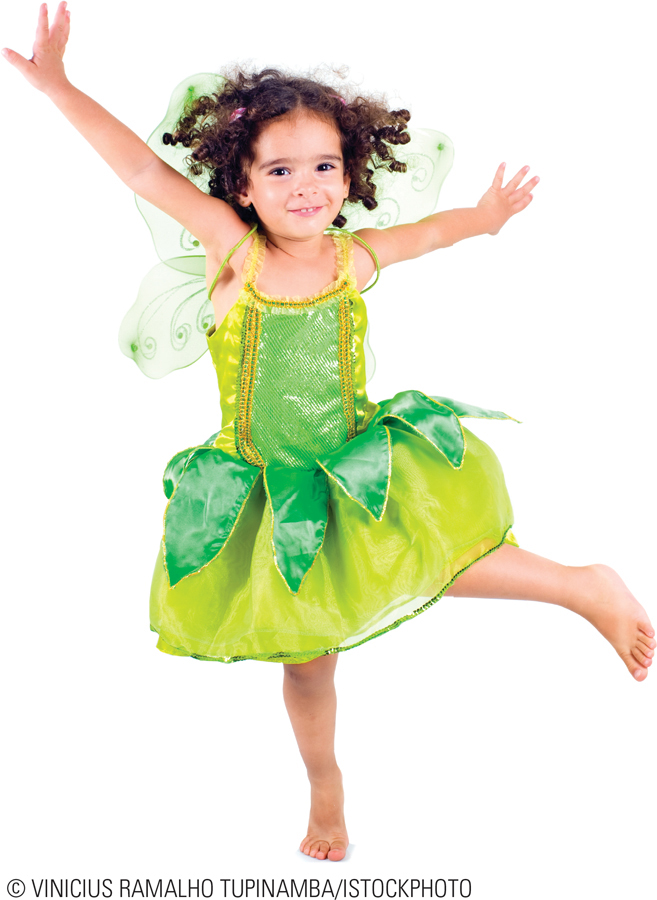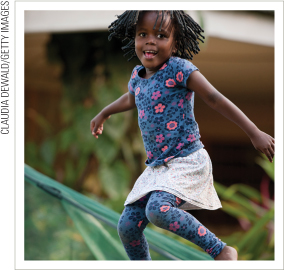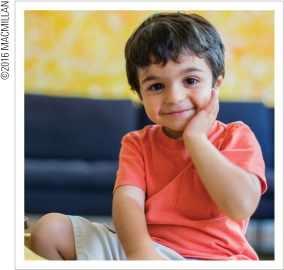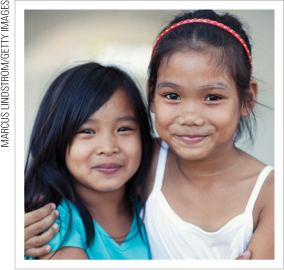PART 3: The Developing Person So Far: Early Childhood
|
PART 3 The Developing Person So Far Early Childhood |

|
343
PART 3 The Developing Person So Far: Early Childhood

BIOSOCIAL
Body Changes Children continue to grow from ages 2 to 6, but at a slower rate. Normally, the BMI (body mass index) is lower at about ages 5 and 6 than at any other time of life. Children often eat too much unhealthy food and refuse to eat certain other foods altogether. Parents do not realize that appetites are small.
Brain Development and Motor Skills The proliferation of neural pathways continues and myelination is ongoing. Parts of the brain (e.g., the corpus callosum, prefrontal cortex, amygdala, hippocampus, and hypothalamus) connect. This not only also leads to a decline in impulsivity and perseveration but also allows lateralization of the brain’s left and right hemispheres and better coordination of the left and right sides of the body, facilitating motor skill development.
Injuries and Maltreatment Far more children worldwide die of avoidable accidents than of diseases. All forms of child maltreatment—

COGNITIVE
Thinking During Early Childhood Piaget stressed the young child’s egocentric, illogical perspective, which prevents the child from grasping concepts such as conservation. Vygotsky stressed the cultural context, noting that children learn from mentors—
Language Learning Language develops rapidly. By age 6, the average child knows 10,000 words and demonstrates extensive grammatical knowledge. Young children can learn two (or more) languages equally well during these years if their social context is encouraging. Mistakes, in overregularization, in pronunciation, and in precise use of vocabulary are common.
Early-

PSYCHOSOCIAL
Emotional Development Self-
Play All young children play, and they play best with peers. Rough and tumble and dramatic play are particularly likely to foster emotional regulation, empathy, and cultural understanding.
Challenges for Caregivers The authoritative caregiving style—